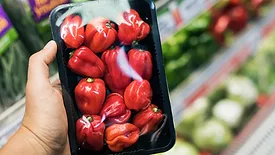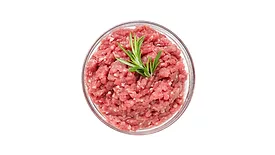Food Type
Safe Until Served: The Hidden Risks of RTE Foods in Retail
Retail and foodservice operations must take active responsibility for the safety of RTE products by treating them as high-risk items requiring ongoing control
October 7, 2025
Never miss the latest news and trends driving the food safety industry
eNewsletter | Website | eMagazine
JOIN TODAY!Copyright ©2025. All Rights Reserved BNP Media.
Design, CMS, Hosting & Web Development :: ePublishing










